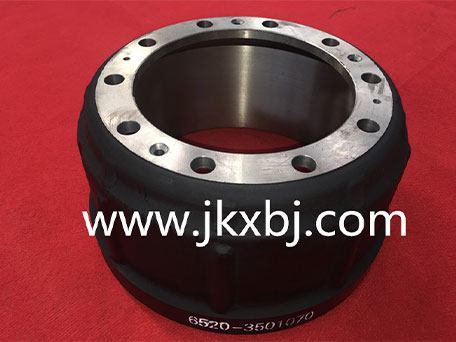

Self-Drilling Framing Screws for Efficient Construction and Fast Assembly
Dec . 04, 2024 15:56 Back to list
Self-Drilling Framing Screws for Efficient Construction and Fast Assembly
The Essential Guide to Self-Drilling Framing Screws
When it comes to construction and woodworking, selecting the right fasteners can significantly impact the quality and durability of the final product. Among the various types of screws available, self-drilling framing screws stand out for their convenience and effectiveness. In this article, we will explore what self-drilling framing screws are, their advantages, applications, and tips for proper usage.
What Are Self-Drilling Framing Screws?
Self-drilling framing screws, also known as self-tapping screws, are specialized fasteners designed for ease of use and precision in fastening materials together. Unlike traditional screws that require a pre-drilled hole, self-drilling screws come with a sharp, drill-like point that allows them to penetrate and create their own hole in the material. This innovative design not only saves time during the installation process but also enhances the structural integrity of connections by providing better engagement with the base materials.
Advantages of Self-Drilling Framing Screws
1. Time Efficiency One of the most significant advantages of self-drilling screws is their ability to eliminate the need for pre-drilling. This feature allows for faster assembly and reduces labor costs, making them an attractive choice for both DIY enthusiasts and professional contractors.
2. Versatility Self-drilling screws are available in various lengths, diameters, and materials, making them suitable for a wide range of applications. They are commonly used in metal framing, wood construction, drywall installations, and even for fastening lighter gauge metal components.
3. Strong Joint Formation The design of self-drilling screws allows them to create a tight and secure joint, which is essential in structural applications. The thread pitch and depth ensure strong engagement with the material, providing stability and resistance against pull-out forces.
4. Corrosion Resistance Many self-drilling screws are coated with protective finishes, such as zinc plating or other corrosion-resistant materials. This makes them ideal for outdoor use or in environments exposed to moisture, further enhancing their durability.
5. Reduced Risk of Split Materials When fastening wood, traditional screws may cause the material to split if not pre-drilled. Self-drilling screws, on the other hand, reduce this risk thanks to their unique design, allowing them to be driven into hardwoods and softwoods without causing damage.
self drilling framing screws

Applications
Self-drilling framing screws are widely used in various construction scenarios. They are commonly employed in metal framing systems, including steel stud construction, where their ability to penetrate metal without pre-drilling is particularly beneficial. Additionally, they are used in securing plywood and other materials to metal studs, as well as fastening sheet metal components in HVAC systems.
Furthermore, these screws are also popular in projects requiring high strength and durability. They are frequently used in building decks, installing railings, and even in modular homes. Their versatility makes them an indispensable tool in the arsenal of builders and designers alike.
Tips for Proper Usage
To ensure the best performance from self-drilling framing screws, consider the following tips
1. Choose the Right Screw Select a screw that matches the thickness and type of materials you are working with. The length and diameter of the screw should be appropriate for the application.
2. Use the Correct Driver Bit Make sure to use a compatible driver bit that matches the screw head type for optimal engagement and to prevent stripping.
3. Maintain Consistent Pressure When driving the screw, maintain even pressure to allow the drill point to penetrate the material smoothly and prevent binding.
4. Avoid Over-tightening Over-tightening can lead to material damage or stripping of the screw, so always tighten to the manufacturer’s recommended torque specifications.
In conclusion, self-drilling framing screws are a practical and efficient choice for a variety of construction and woodworking tasks. Their ease of use, strength, and versatility make them a preferred fastener for professionals and DIYers alike. By following the tips outlined in this article, you can optimize their performance and ensure your projects are built to last.
Latest news
-
Hot Dip Galvanized Bolts-About LongZe|High Strength, Corrosion Resistance
NewsJul.30,2025
-
High-Strength Hot Dip Galvanized Bolts - Hebei Longze | Corrosion Resistance, Customization
NewsJul.30,2025
-
Hot Dip Galvanized Bolts-Hebei Longze|Corrosion Resistance&High Strength
NewsJul.30,2025
-
High-Strength Hot-Dip Galvanized Bolts-Hebei Longze|Corrosion Resistance&High Strength
NewsJul.30,2025
-
Hot Dip Galvanized Bolts-Hebei Longze|Corrosion Resistance&High Strength
NewsJul.30,2025
-
Hot Dip Galvanized Bolts - Hebei Longze | Corrosion Resistance, High Strength
NewsJul.30,2025

